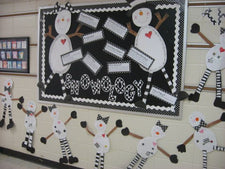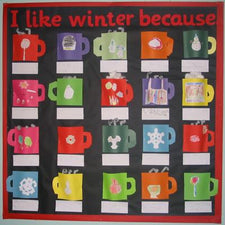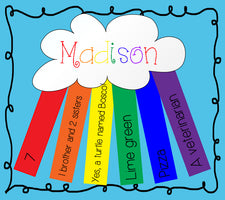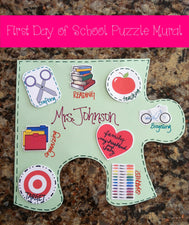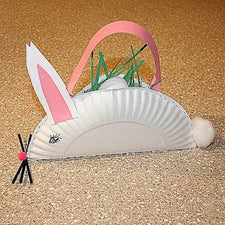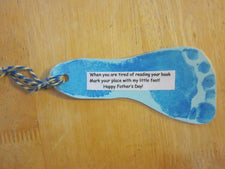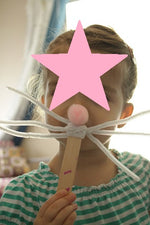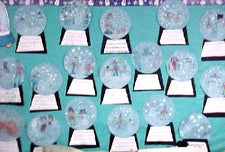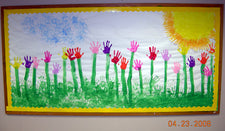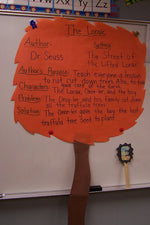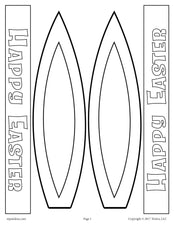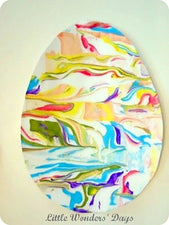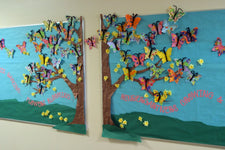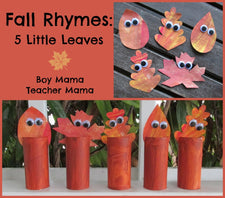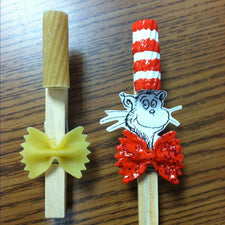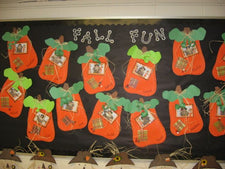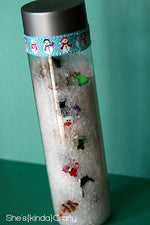A Week of Dr. Seuss - Printable Mini-Unit

March 2nd is Dr. Seuss's birthday and, if you haven't already, it might be nice to include some of the famous author's works in your lesson plans - they're quirky, colorful, and inspire some pretty great activities! April Larremore, kindergarten teacher and creator of the blog Chalk Talk, has put together a spectacular mini-unit that will take some of the guess work out of your planning. Here are a few of our favorite activities:
Big A, Little a, What Begins With A?
Using Larremore's page template, create an alphabet book as a class. Assign each student a letter, invite them to script the letter in the blanks on the page (paying attention to the proper case), then, armed with graphic art tools, brainstorm and draw as many objects as they can that start with that particular letter. To finish - print the cover of Dr. Seuss's own 'Amazing Alphabet Book' to use as the book's cover, mount each page onto colored construction paper, laminate, and bind each piece together to create a fantastic classroom keepsake book!
The Foot Book
Introduce your students to a new form of measuring using foam feet instead of rulers and measuring tape. Larremore suggests using Feet by the Foot™, a set of 12 colorful feet "rulers", to measure how tall each student is. Have students take turns lying on the floor while another student volunteer lays the feet 'heel to toe' in order to determine height. Keep track of each student's height for graphing - either draw a bar graph on the board or have you students participate to make a "human bar graph" (i.e. write height values on the board and have your students line up in front of the correct measurement). Compare and contrast the bars using terms such as "less than", "more than", "most", "least", "average", etc.
I Wish I Had Duck Feet
Discuss the special qualities a duck has that makes them well suited for pond living (i.e. webbed feet for swimming, waterproof feathers for staying warm and dry, etc.). Invite students to think of other animals that have unique qualities:
- Fish have gills that allow them to breathe underwater.
- Chameleons change color in order to hide from predators.
- Cheetahs have long lean bodies and long tails to help them stay balanced and run fast.
The list could go on and on. After the discussion, have students choose an animal part they'd love to have for a day and describe (with drawings and words) their reasons why. Provide students with construction paper and other craft supplies and help them fashion the particular part to use during pretend play. Oftentimes, it will take quite a bit of creativity and problem solving to create the qualities and you're sure to have many giggles along the way!
Oh the Places You'll Go!
Larremore suggests having your students create hot air balloons, adding a picture of themselves in the basket. On the back or as a journal prompt, invite them to describe where they would go in their hot air balloon. [NOTE: It could be fun to have your students write an adventure book about their day in the air - what they saw, who they met, where they stopped, what they did, etc.] To add in a bit of geography and reintroduce the concept of sequencing, invite your students to map their adventures, drawing an item of intrigue to represent each stop on their balloon ride!
For more great lesson ideas to go along with Dr. Seuss's famous works, be sure to visit Larremore's full post at Chalk Talk!
Related Blog Posts
View More
30 St. Patrick's Day Sayings & Quotes
St. Patrick's Day is just around the corner, and it's the perfect time to celebrate Irish cultu...
Read More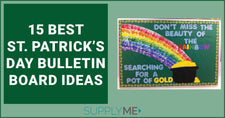
15 Best St. Patrick's Day Bulletin Board Ideas ...
Top of the mornin' to ya! Are you ready to get into the St. Patrick's Day spirit? Whether you'r...
Read More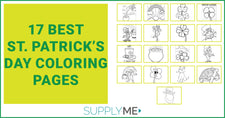
17 Best St. Patrick's Day Coloring Pages For 2023
Hey there, fellow St. Patrick's Day fans! Can you believe it's almost time to celebrate the luc...
Read More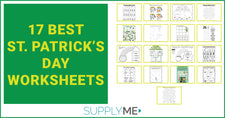
17 Best St. Patrick's Day Worksheets For 2023
Are you ready to get your little ones into the St. Patrick's Day spirit? This holiday is not ju...
Read More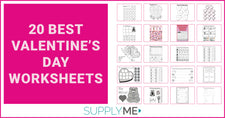
20 Best Valentine's Day Worksheets For 2023
Woo hoo! Valentine's Day is just a hop, skip, and a jump away and we've got the perfect plan for...
Read More
23 Best Valentine's Day Bulletin Board Ideas & ...
Hey there, Valentine's Day enthusiasts! Are you ready to deck the halls (or bulletin boards) wi...
Read More
50 Sample Teacher Interview Questions and Answe...
Are you trying to become a teacher for the first time, or maybe shooting for a new position in a...
Read More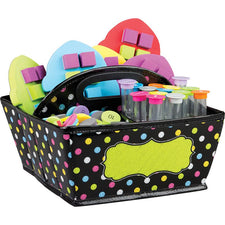
Top 10 Storage Solutions to Declutter Your Clas...
A Clean Learning Space Is Important — While educating students is your top priority, ours is maki...
Read More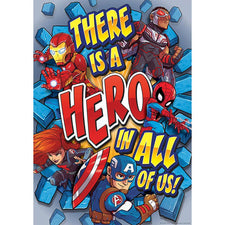
Top 10 Classroom Themes To Inspire Your Kids!
Check out our Top 10 Classroom Themes. We're pretty sure there's something for everyone! Spark cu...
Read More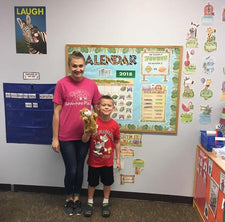
Safari Themed Bulletin Board Idea - Featured Te...
Photo Source: Adventure Place Ms. Brittany is our "Featured Teacher" of the month. She has been...
Read More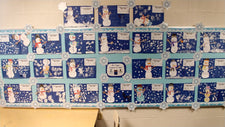
"Snowmen At Night" Craft, Activity, & Bulletin ...
Photo Source: Sharon Riggs Sharon Riggs, first grade teacher at Uniontown Elementary School, ha...
Read More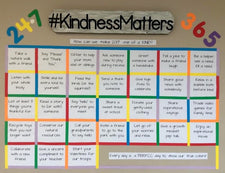
"Kindness Matters" Calendar Bulletin Board Idea
Photo Source: www.corneroncharacter.blogspot.com Our friend Barbara Gruener, counselor and char...
Read More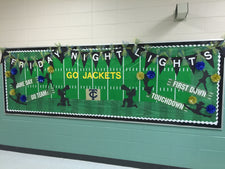
Friday Night Lights - Football Themed Bulletin ...
Photo Source: Michelle Brinn Michelle Brinn over at Thomas County Middle School scored a touchd...
Read More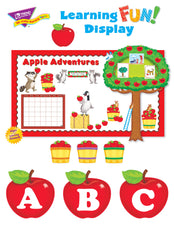
"Apple Adventures" Fall Themed Bulletin Board Idea
It’s that time of year! Engage your students with this bright, bold, apple themed bulletin board...
Read More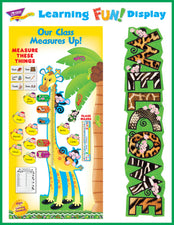
Measurement and Growth Chart Welcome Bulletin B...
Here is a fun way to start off the school year with this Giraffe Growth Chart! Your kids will lo...
Read More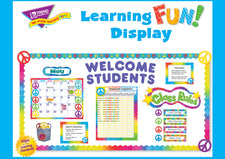
Good Vibes! Peace Welcome Bulletin Board Idea
What a great way to start off the new year with good vibes! This vibrant, colorful bulletin boar...
Read More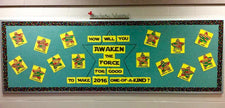
How Will You Awaken the Force Bulletin Board Idea
Barbara, a counselor and character coach at Westwood-Bales Intermediate in Texas and author of T...
Read MoreBack-to-School Bonanza!
Our Back-to-School Bonanza has come to an end. Thanks to everyone who participated! We hope you h...
Read More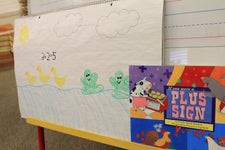
Addition Practice Made Fun! (with FREEbies)
Photo Source: Mrs. Ricca's Kindergarten Recently we were on the hunt for ways to make addition ...
Read More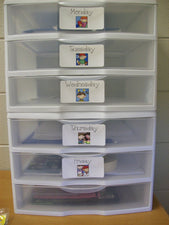
Great Organization Tip for ALL Those Papers!
Photo Source: First Grader...at Last! Looking for a way to keep yourself organized each week? A...
Read More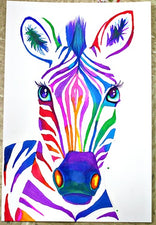
Art Idea for Learning Analogous Colors!
Photo Source: smART Class How amazing does this zebra look?! We found the cute little guy over ...
Read More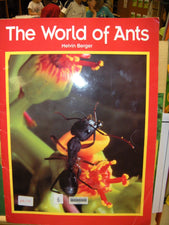
Bugs, Bugs, Bugs - All About Ants!
Photo Source: Peace, Love and Kindergarten Add excitement to your insect unit with these cute i...
Read More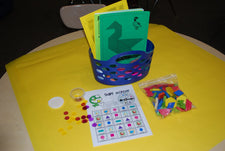
Help Your Kiddos Master Shapes! (with FREE prin...
Photo Source: Lory's 2nd Grade Skills Mastering all the different shapes can sometimes be trick...
Read More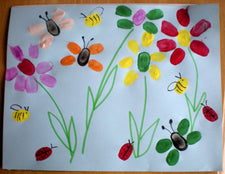
Fingerprint Flowers & Bugs - Early Childhood Ar...
Photo Source: Preschool Playbook If you're looking for a simple art idea to complete this summe...
Read More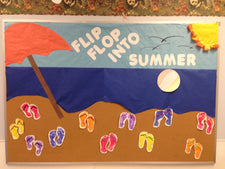
"Flip Flop into Summer" Bulletin Board Idea
Photo Source: McKinley Early Childhood Center Spruce up your summer bulletin board with this su...
Read More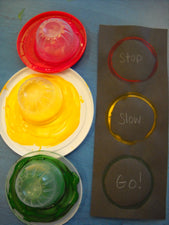
4 Community Helper Early Childhood Activities!
Add to your community helper unit with these wonderful early childhood ideas featured by Jessi ov...
Read More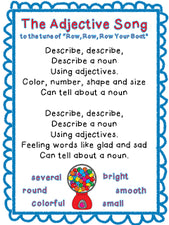
The Adjective Song! A Great Way to Review
Photo Source: Third Grade Bookworm Help your kiddos master adjectives with this creative song f...
Read More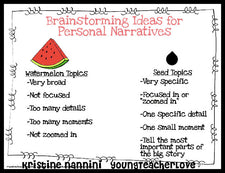
Narrative Writing Anchor Chart FREEbies
Photo Source: Young Teacher Love Kristine over at Young Teacher Love featured several anchor ch...
Read More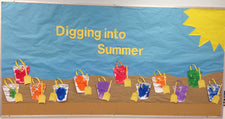
"Digging into Summer" Bulletin Board Idea
Photo Source: McKinley Early Childhood Center Dig right in to the beginning of summer with this...
Read More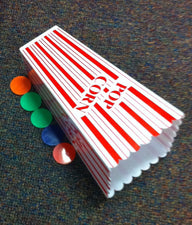
Nonstandard Measurement Activities!
Photo Source: Crazy for First Grade This engaging measurement activity comes to you courtesy of...
Read More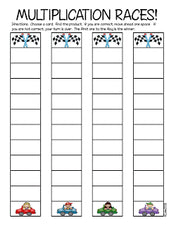
Multiplication Races! Math Practice for Upper G...
Photo Source: First Grade a la Carte Divide your class into groups of four and get ready to rac...
Read More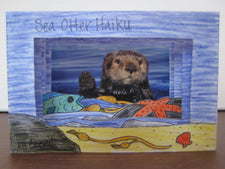
Tunnel Books - Art Idea for Upper Grades
Photo Source: Teach Kids Art We came across this wonderful art lesson over at Teach Kids Art an...
Read More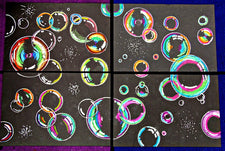
End of the Year Bubble Art Project - Floating O...
Photo Source: smART Class Natalie over at smART Class did this gorgeous end of the year bubble ...
Read More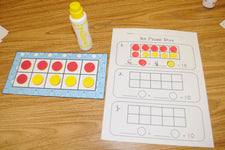
Ten Frame Toss - FREE Math Game
Photo Source: Mrs. Ricca's Kindergarten Looking for a fun way to review the number ten with you...
Read More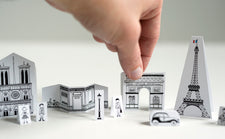
Travel Size Paper City - Paris
Photo Source: Made by Joel If you're looking for a way to keep your kiddos entertained for a lo...
Read More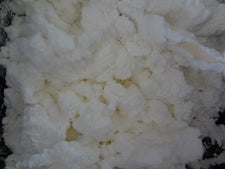
Fluffy Stuff! Sensory Activity for Early Childhood
Photo Source: Time for Play Provide an awesome opportunity for sensory play with this super sim...
Read More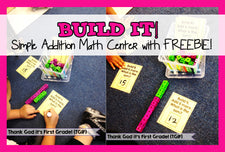
Build It! - Addition Math Station with FREE Pri...
We love this simple addition math center from Susan over at Thank God It's First Grade! Seriousl...
Read More
Easy Spring Kite Craft!
Photo Source: Little Family Fun What better way to celebrate Spring than with a super cute kite...
Read More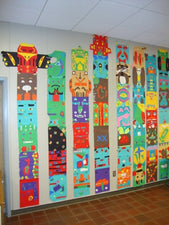
Totem Poles - Art Project for Upper Elementary
Photo Source: Thomas Elementary Art We recently stumbled upon this fantastic art project for up...
Read More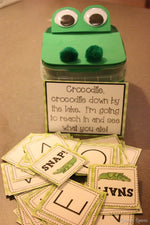
Crocodile Snap! Alphabet Game for Kids
Photo Source: Growing Kinders Add excitement to letter practice with this super cute Crocodile ...
Read More